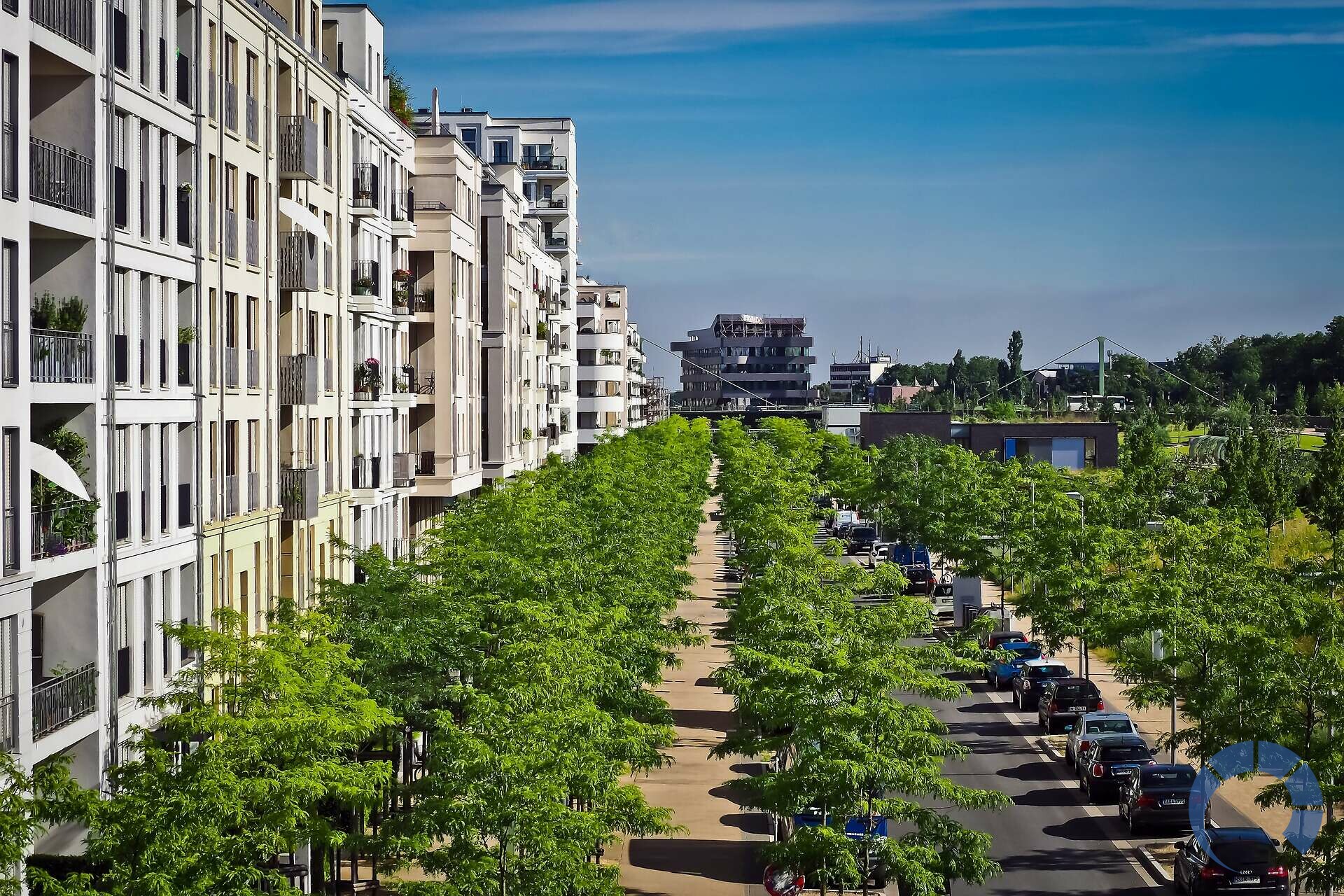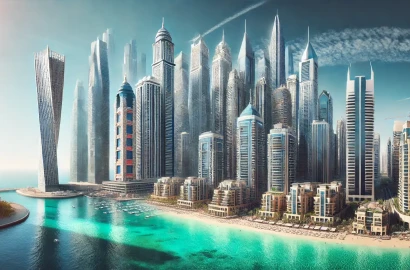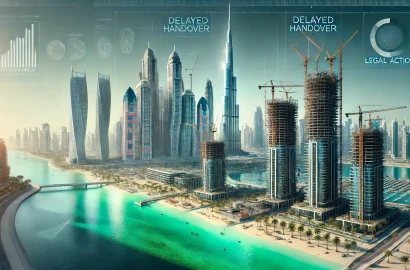
Green and Sustainable Homes: Shaping the Future of Real Estate
Welcome to our latest newsletter, where we explore the global shift towards green and sustainable homes and their profound impact on the real estate industry. In recent years, there has been a growing awareness of the need for environmentally conscious living worldwide. As the effects of climate change become increasingly apparent, individuals, communities, and governments are prioritizing sustainable practices in all aspects of life, including real estate. In this edition, we will delve into the future of real estate, with a specific focus on the rise of green and sustainable homes. Let's embark on this eco-friendly journey together!
The Significance of Green and Sustainable Homes
Sustainability and environmental consciousness lie at the heart of the green homes movement. These homes go beyond energy efficiency by incorporating innovative design, renewable energy sources, and eco-friendly materials. Let's explore why green and sustainable homes are shaping the future of real estate worldwide:
1. Mitigating Climate Change
Green homes play a crucial role in mitigating climate change by significantly reducing carbon emissions. With an emphasis on renewable energy sources such as solar power and wind energy, these homes minimize reliance on fossil fuels. By adopting energy-efficient appliances, advanced insulation, and smart home technologies, green homes contribute to a more sustainable future.
2. Energy Efficiency and Cost Savings
Green homes prioritize energy efficiency to reduce both environmental impact and utility costs. With features like LED lighting, high-performance insulation, and smart thermostats, these homes optimize energy consumption. Homeowners benefit from reduced energy bills, making green homes an economically viable choice in the long run.
3. Health and Well-being
Green homes prioritize the health and well-being of occupants. By using eco-friendly building materials and promoting good indoor air quality through proper ventilation, these homes create a healthier living environment. Natural lighting and the integration of green spaces further enhance the well-being of residents, fostering a connection with nature.
4. Creating Sustainable Communities
The impact of green homes extends beyond individual properties to the creation of sustainable communities. Developers are increasingly incorporating sustainable infrastructure and amenities into residential projects. These include electric vehicle charging stations, bike lanes, communal gardens, and green spaces. By encouraging eco-friendly practices and community engagement, sustainable communities foster a sense of shared responsibility for the environment.
5. Government Support and Incentives
Governments worldwide recognize the importance of green and sustainable housing and offer support and incentives to promote their development. This includes certifications such as LEED (Leadership in Energy and Environmental Design) and financial incentives for homeowners and developers. By incentivizing green building practices, governments play a crucial role in driving the adoption of sustainable homes.
The Future of Real Estate Worldwide
Global Trends in Luxury Real Estate
The luxury real estate market is experiencing notable shifts worldwide. High-net-worth individuals seek properties that not only showcase opulence but also reflect their commitment to sustainability. As a result, green and sustainable luxury homes are gaining prominence in the global market. From eco-friendly materials and renewable energy integration to smart home technologies, these properties embody both luxury and environmental responsibility.
The Influence of Green Homes on Affordable Housing
The influence of green homes extends beyond luxury properties. Governments and developers recognize the importance of incorporating sustainable practices into affordable housing initiatives. By integrating energy-efficient designs, renewable energy solutions, and sustainable materials, affordable green homes address both the housing needs of low-income communities and the imperative of environmental sustainability.
The Role of Technology in Green Real Estate
Technological advancements play a pivotal role in the growth of green real estate. From smart home automation systems that optimize energy consumption to data-driven solutions that enhance sustainability in building design, technology is revolutionizing the way we approach sustainable living. Innovations such as solar panels, energy storage systems, and water-saving technologies are becoming more accessible, driving the widespread adoption of green practices in real estate.
The Global Impact of Green Real Estate
The global impact of green real estate is significant and multifaceted. By reducing carbon emissions, promoting energy efficiency, and fostering sustainable communities, green homes contribute to the broader goal of mitigating climate change. They also inspire industry-wide transformations, influencing developers, architects, and policymakers to prioritize sustainability in their practices. Ultimately, the widespread adoption of green and sustainable homes paves the way for a more resilient and environmentally conscious future.
Conclusion
As we witness the global shift towards sustainability, green and sustainable homes are shaping the future of real estate. With their focus on mitigating climate change, energy efficiency, and the well-being of occupants, these homes offer a blueprint for sustainable living. Through government support, technological advancements, and changing market preferences, the green real estate sector is experiencing remarkable growth worldwide. By embracing green and sustainable practices, we can create a more resilient and environmentally conscious future for generations to come.
Related posts:
Discover PHOREE Real Estate, led by Munawar Abadullah with 30 years of American Wall Street expertise, and learn how our AI-driven insights empower smart investments in Dubai's hotel and real estate markets. PHOREE Real Estate, Munawar Abadullah, hotel investment, Dubai...
Discover the consequences for developers in Dubai who fail to meet handover dates and learn the legal actions buyers can take. This comprehensive guide covers penalties, compensation claims, regulatory intervention, and the steps to take before filing a legal complaint....

